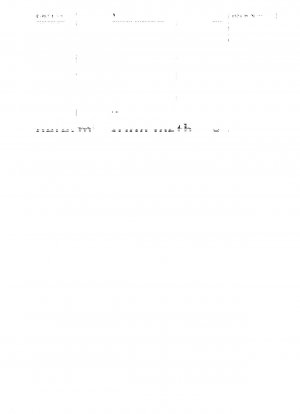BS EN 4618:2009
Aerospace series. Aircraft internal air quality standards, criteria and determination methods
- Standard No.
- BS EN 4618:2009
- Release Date
- 2009
- Published By
- British Standards Institution (BSI)
- Status
- 2014-07
- Latest
- BS EN 4618:2009
- Scope
- This standard specifies requirements and determination methods for newly certificated commercial passenger aircraft programmes. This standard applies to newly certificated commercial passenger aircraft programmes. It may also apply to current production aircraft if it does not carry significant penalties, i.e. if it can be shown to be technically feasible and economically justifiable. This standard covers the period from first crew embarkation to last crew disembarkation. NOTE 1 During embarkation and disembarkation, reduced temperatures in the cabin may be desirable due to increased metabolic activity of the occupants. In some ground cases, the aircraft environmental control system (ECS) may not be able to compensate for the external conditions influencing the cabin comfort conditions, such as open doors, extreme hot/cold ground/air temperatures or radiant heat. In this case, external air-conditioning systems, for example conditioned low-pressure ground air or high-pressure supply, may be used to supplement the aircraft ECS. If the temperature range stated in this standard is regularly exceeded (either above or below the stated range), changes to airline and/or airport procedures and/or aircraft design should be introduced. NOTE 2 During ground operations, the external air quality may adversely influence the air quality within the aircraft cabin. Contamination produced as a result of servicing activities or ground operations vehicles may enter the aircraft directly, for example via open doors, and the ECS may not be able to effectively control contaminant levels in the cabin. Airline and airport operational procedures should be organised so as to avoid direct contamination of the cabin from these pollutant sources. If the contaminant ranges stated in this standard are regularly exceeded, changes to airline and/or airport procedures and/or aircraft design should be introduced. Outside air quality levels would usually be regulated by national authorities. The population under consideration – passengers and crew – excludes individuals with pre-existing infirmity or ill health conditions. All values given in this document are sea-level equivalent (see Clause 4). According to the Air Quality Guidelines WHO 1999, paragraph 2.2.3, ‘For gaseous pollutants, no increase in effects over those experienced at sea level would be expected as a result of the increase of the inhalation, as the partial pressures of the pollutant gases will fall in line with that of oxygen.’ The limit concentrations at flight altitude can therefore be defined using pressure ratios. Annex A provides the formula for calculating allowable concentrations at flight altitude. There are many potential sources of contamination, which could affect the aircraft cabin environment. It would be impractical to set limits for all the chemical constituents of these sources. The presence of marker compounds in concentrations that exceed the cabin air quality comfort, health or safety limits set in the standard may indicate that maintenance, procedural or operational change or design change is required to bring the air quality back within the limits set in this standard. Several sources have been considered to identify contaminants produced during normal operation. The possible sources have been analysed to identify which chemical groupings are related to each one. At least one compound from each grouping identified for each potential source has been chosen as representative of that source.
BS EN 4618:2009 history
- 2009 BS EN 4618:2009 Aerospace series. Aircraft internal air quality standards, criteria and determination methods
